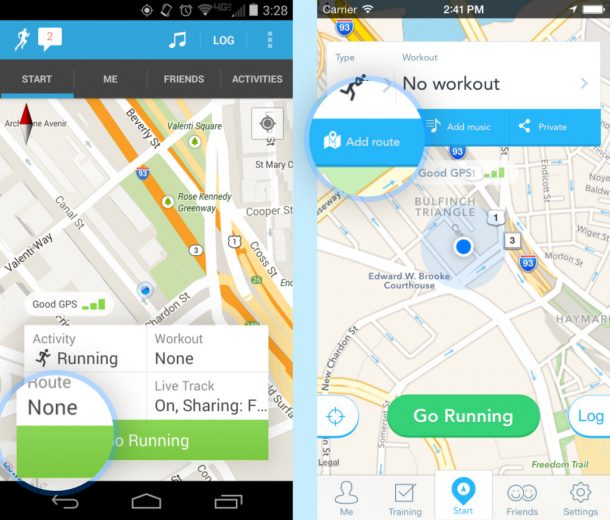1Review
After reviewing the main related works, we can draw the following issues that justify and
summarize our contributions in this field:
1. Informational urbanism needs to be fed by valuable knowledge to be useful for designing smart urban planning actions. Big data technology and the IoT play a vital role in providing it, but they
need to integrate different data sources and have deployment costs.
2. The analysis of SNSs is a growing research discipline that has important implications in many areas of society. This analysis can be done from a human relation point of view, or from a content perspective. As a result, valuable information of the preferences, habits, and behaviors of citizenscan be obtained.
3. Using data from SNSs opens new possibilities to identify the real uses of urban spaces.
This information contributes to the construction of the informational urbanism concept and
opens new management possibilities to perform urban planning actions taking into account the dynamics of the city.Based on the above, this work identifies two research gaps: first, to find out if valuable knowledge for pedestrian urban planning can be also obtained from data of SNSs, and secondly, how these data can be used to derive urban actions to integrate sport within the city.

3.13.1 Data visualization
The work described in this paper addresses the abovementioned two points by developing
method for analyzing the data from SNSs for sport. It aims to demonstrate the value added by knowledge generated by these SNSs which enables the design of citizen-centric policies for smart urban planning. In addition to the results of other works in this area, the step forward of this research lies in eb-based interface for a desktop browser or through a mobile device application for a smartwatch or smartphone. The interfaces of these applications are very useful and intuitive, and include searching tools to find the sport activity, for example, time duration, length, type of sport, city, region or country,etc. Furthermore, they usually provide the best marks and the users that have followed each race.
Figure 1 shows an example of the interface centered on the city of Alicante (Spain) of one of the most popular SNSs studied A set of routes drawn on the map can be observed in Figure 1. Each of these routes has been covered by at least one user. For each of them, a lot of information can be obtained. This detail includes, for example, distance travelled, time spent, average slope, and estimated calories burned.
Figure 2 shows the details of a route provided by one of the most popular social networks. As shown, this example route has been run by 3973 citizens doing sports in the city. Using the search tools of the SNS studied, it is possible to identify the existing routes in a city or geographical area.

3.2 Data download
In order to obtain useful information in an effective way, it is necessary to perform an automated analysis of a route’s information. The use of massive analysis techniques is required to download the routes and process them. The social networks studied provide computer tools that allow applications based on the information they contain to be developed. To this end, they have a specific Application Programming Interface (API) to access the services they offer, such as: Strava (https://developers.strava.com/); Mapmyrun (https://developer.underarmour.com/), and Runtastic (https://github.com/runtastic). The first two tools also offer a RESTful web service delivery architecture with structured data exchange communication in JavaScript Object Notation (JSON).
The social network Strava provides a service for data aggregation oriented to departments of transportation and city planning groups (https://metro.strava.com/). In order to maintain the privacy of users, data downloaded from SNS are anonymized by removing all personal data of each route. Among the operations they provide is the query of available route sets according to established search criteria, including the geolocation of the area of interest and the radius of action. In this way, collections of routes can be obtained for mass analysis of any given city.
The analysis of this information makes it possible to determine the date, recording time, and the places in the city where each activity has been carried out. This provides accurate information on citizens’ actual sports habits and their evolution over time, and therefore is a useful tool for knowledgegeneration about the real uses of urban spaces.

4. Smart Urban Planning
New free ways of using public space are constantly emerging in cities at the initiative of citizenswithout having been previously thought or planned. These are new uses or new ways of understanding public space that are quickly disseminated and shared among the users of a city andamong different cities. A good representative example of the current situation is the use of urban public space for sports-related activities. Increasingly, citizens share information on social networks about new routes or places where, due to their appropriate characteristics, they choose to carry out their daily sporting activity. It is evident that this information on the use that citizens make of public space, on their needs and preferences, understanding the fact of voluntarily sharing this information in SNSs as a current form of public participation in the organization of the city, cannot be left out of the decision-making process about the right urban planning actions to design smart today’s cities.
The research question can be defined in general terms as how these technological advances make it possible to incorporate this information into the planning process to recognize the capacity and right of citizens to make decisions about the city. In this sense, the management of this knowledge aids the decision-making processes of urban planning.
In this work, we have focused on studying routes of citizens that only include pedestrian sport activities such as walking, hiking, and running. Other sports practiced in cityenvironments, such as cycling or skating, can also be analyzed in the same way
Resource from: Sustainability2018, 10(12), 4732; https://doi.org/10.3390/su10124732
